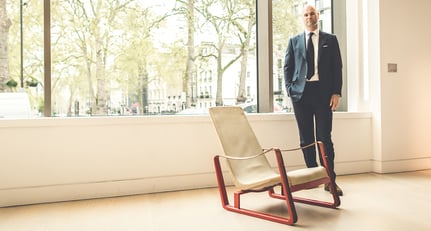A lifelong lover of fine art and 20th-century design, Alexander Payne joined Phillips in 1999 to build a new international design department — one which, today, very much spearheads this vast and nuanced market. Increasingly in today’s connected world, collectors explore new avenues, be it for personal pleasure or investment reasons, and while the cross-pollination between design and collector car worlds might not be as clear to see as, say, vintage watches, there are still great parallels that can be drawn. We spent a morning with Payne and a number of fascinating pieces from Phillips’ upcoming design sale to try and understand the appeal of this absorbing field.
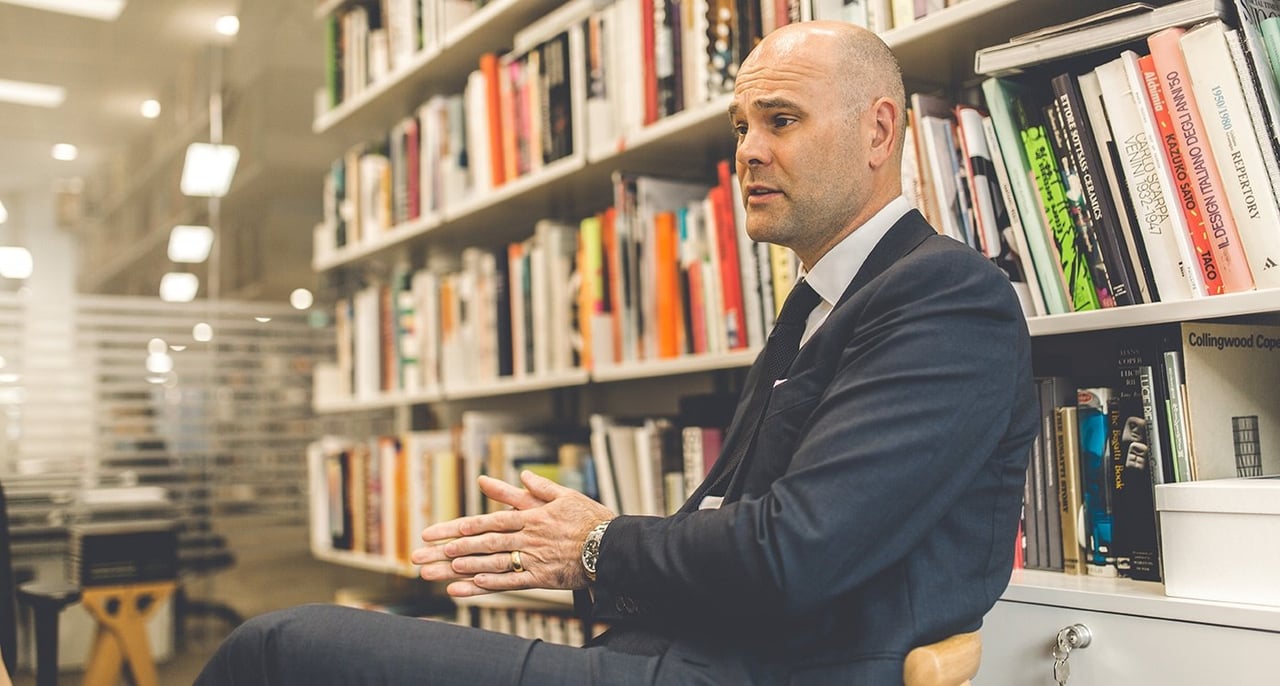


Have you always been fascinated by design?
I’ve always had an interest in fine art, antiques, and 20th-century design, and I worked with fantastic mentors from an early age. I went from a regional auction house to Bonhams in London, heading its design department, before moving to Phillips in 1999, where I began developing their design market, initially in America and then in the UK and internationally. I’m very fortunate to have worked and grown up with many contemporary designers of today and have seen them present their works for the first time at museums or fairs. It’s been a fascinating journey in that respect, and I’m able to truly understand their philosophies and spirits.
How would you define a design masterpiece? What makes a chair, a lamp, or a table an icon?
It’s a combination of many things. One could start with provenance or the item’s history, where it came from, and whether there’s a particular legacy attached — for example, if it came from a particular fair or exhibition in the Art Deco period. It could be that the piece is unique, that it was created in an edition, or that its designer is one of the sought-after or most recognised masters. It could be that a particular piece by a particular designer exhibits the greatest line, form, or use of materials — that it’s recognised globally, published in key literary works, or has been shown in museums. A piece’s iconic status comes directly from a combination of all these things. There’s a very established understanding of ‘great design’ and people are really just building on that. We’re assessing today who and what is a ‘great’ of the 21st century...
So, you’ll consider all those characteristics when consigning a piece for auction?
Absolutely. It’s a very long, organic, and exhaustive process, built on trust and guidance. A client is a custodian of an object, and if he or she is looking to release that object into the market, it’s about choosing the right time, giving them the best possible advice, and understanding their needs and expectations. We’re fortunate that clients consider that we take a connoisseur’s approach and that we’re careful to have exceptional levels of cataloguing and exhibiting.
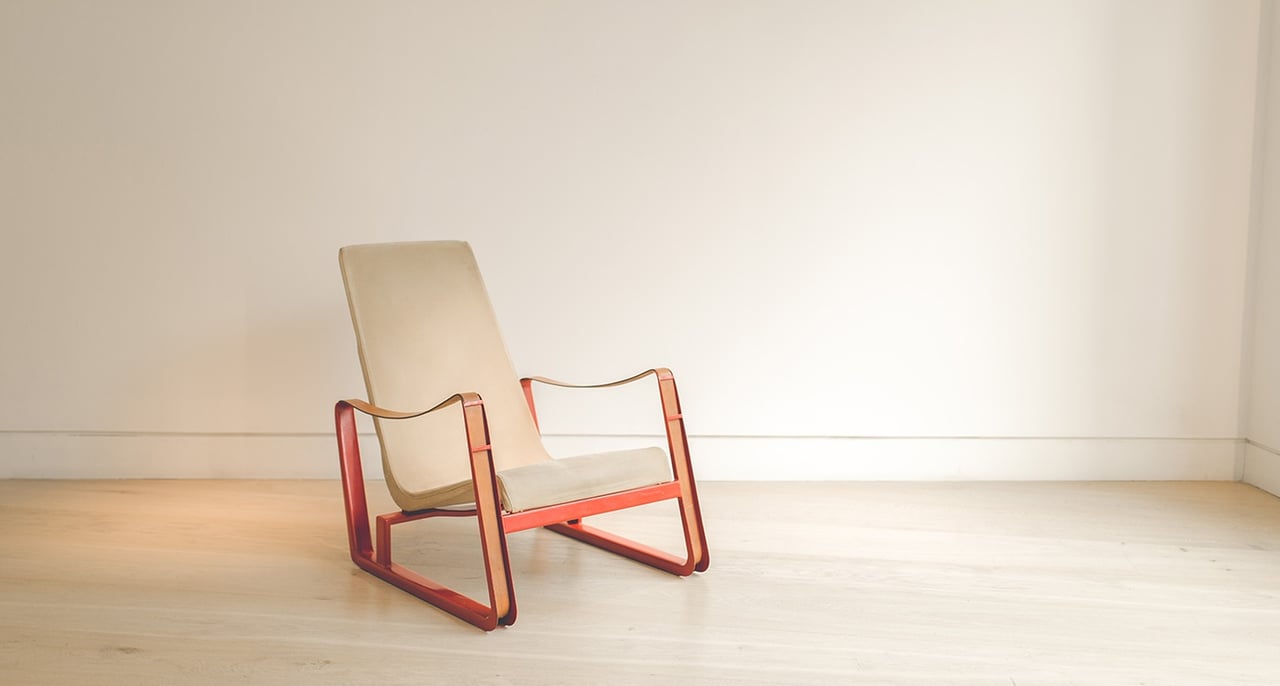
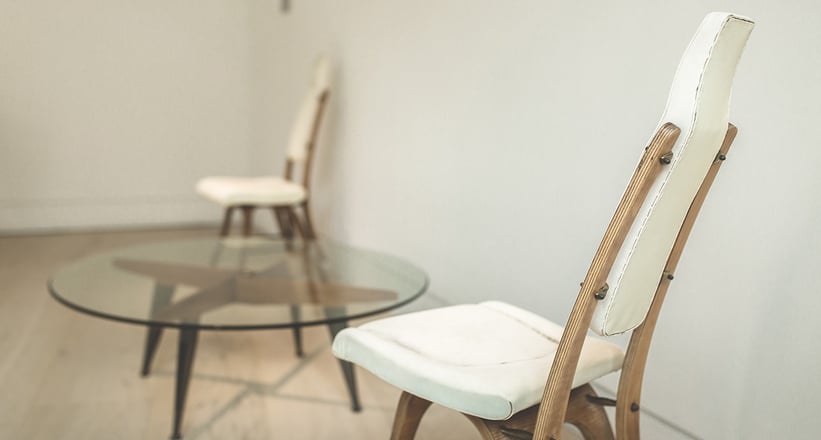
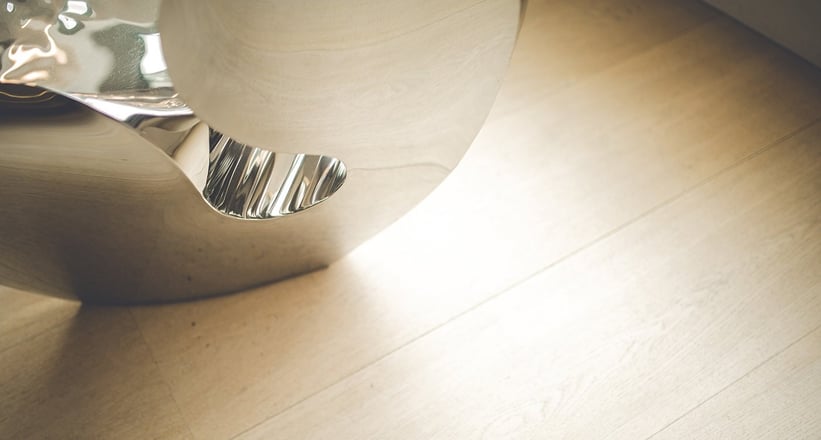
Which are the highlights of your upcoming Modern Masters sale?
Prouvé’s personal Cité armchair has everything going for it with its provenance. The early Cités are very hard to find. The fact that it lived with Prouvé in his own house is a big deal and should pique the interest of collectors around the world. There’s a lot of interest around Ron Arad’s ‘Little Heavy’ chair. As one of his early works, it’s beautiful and shows how he uses volumes to full effect. It will no doubt go to a collector who very much understands Arad’s evolution of style.
One of the star lots is a pair of quirky plywood chairs by Carlo Mollino, which you estimate to fetch up to 250,000 euros. What makes them so special and desirable?
What’s interesting about Mollino is that he was an aviator and keen car enthusiast, and these chairs are incredibly rare pieces. This is the equivalent of finding the car that’s untouched and has never been sold. Everything’s original — we haven’t touched or polished any of the brass and have kept its soul and beauty. They’re going to be interesting to many collectors because they’ve never before come to market. It’s an important and exciting discovery for us.
What do you do with a demountable Prouvé house, and which kinds of clients are buying architectural objects such as these?
They’re art and architectural collectors — collectors using it as an extension to their home, be it a guest house, a library, or a space of tranquillity in their otherwise busy lives. It’s the demountable aspect of Prouvé, which is so exciting, and the fact that one can take a home, move it anywhere in the world, and use it for winter or summer accommodation. There are some very important collectors in Europe, Asia, and America already using these properties in this way. I have collectors who have cars in their Prouvé houses.
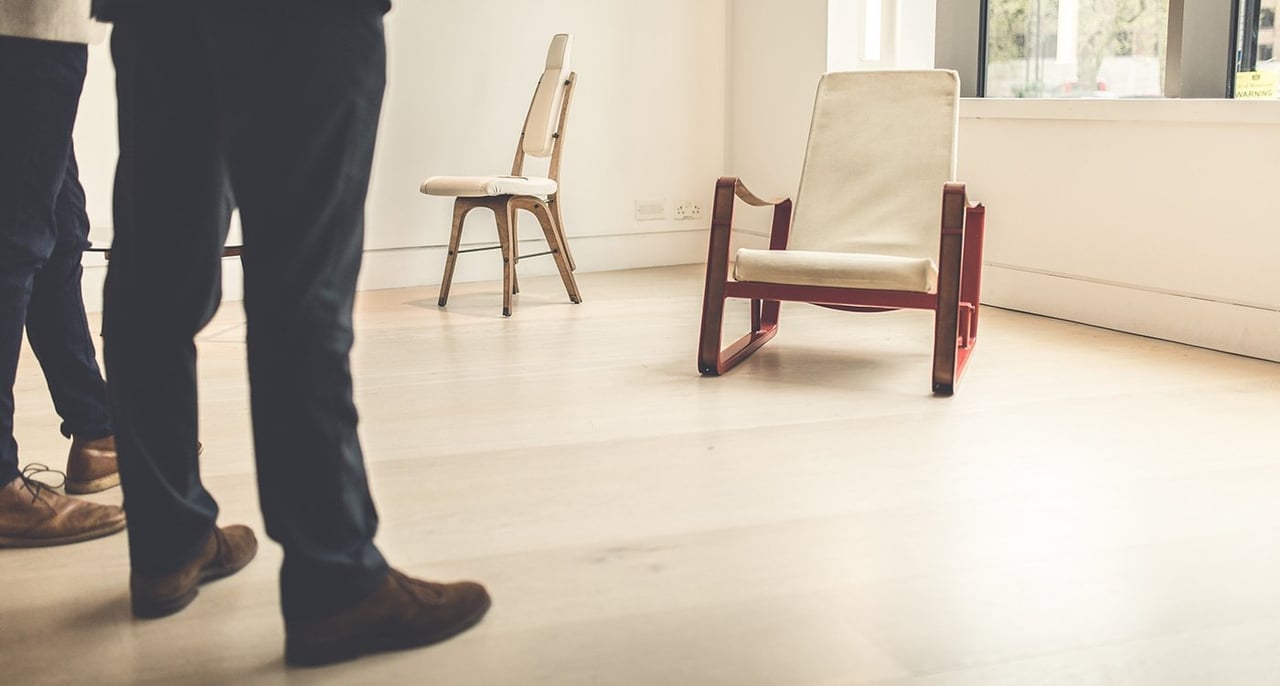

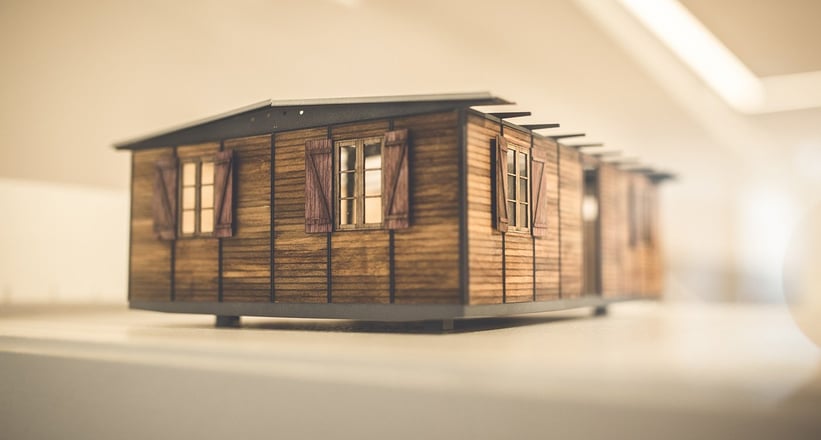
Why is Prouvé such a seminal figure in the design world?
He was a master of design, architecture, material, and innovation. It’s about the way that some of the greatest contemporary architects of today continue to celebrate and champion him — they really see how important he was as an architect and a visionary. In many ways, there are levels of entry into collecting Prouvé, from chairs that were relatively mass-produced to those which were done for a specific project or are extremely rare. His work, in general, is becoming more and more difficult to find.
In the car world, originality, restoration, and patina are all points of contention — is it the same for design?
Absolutely. There are so many nuances that one has to get one’s head around, and those are all considerations when it comes back to the point of provenance and how important that is to a collector. We’re always looking and searching for the perfect examples. There’s always wear and tear, but that’s part of the patina and history of the piece and thus increases its desirability. We work closely with conservators where necessary, with the ultimate goal being to preserve the work for the next generation.
Objects from contemporary masters, such as Joris Laarman and Marc Newson, are now selling for fortunes — what’s so special about their work?
I’d still say there’s a broader approach to collecting design, and no specific area has been ghettoed, as such. But I think that’s what’s really exciting — the fact there’s not a narrow approach to collecting, and now there’s a renaissance in understanding where design and decorative arts have come from. What’s happening is collectors, perhaps from the modernist era of the 1920s and ’30s, are seeing how they can potentially connect the likes of Newson, Laarman, and Hadid to their collections, their homes, or other areas of their lives. There’s actually quite a lot of different ways people are collecting today, and we always put cutting-edge, innovative items in interesting contexts.
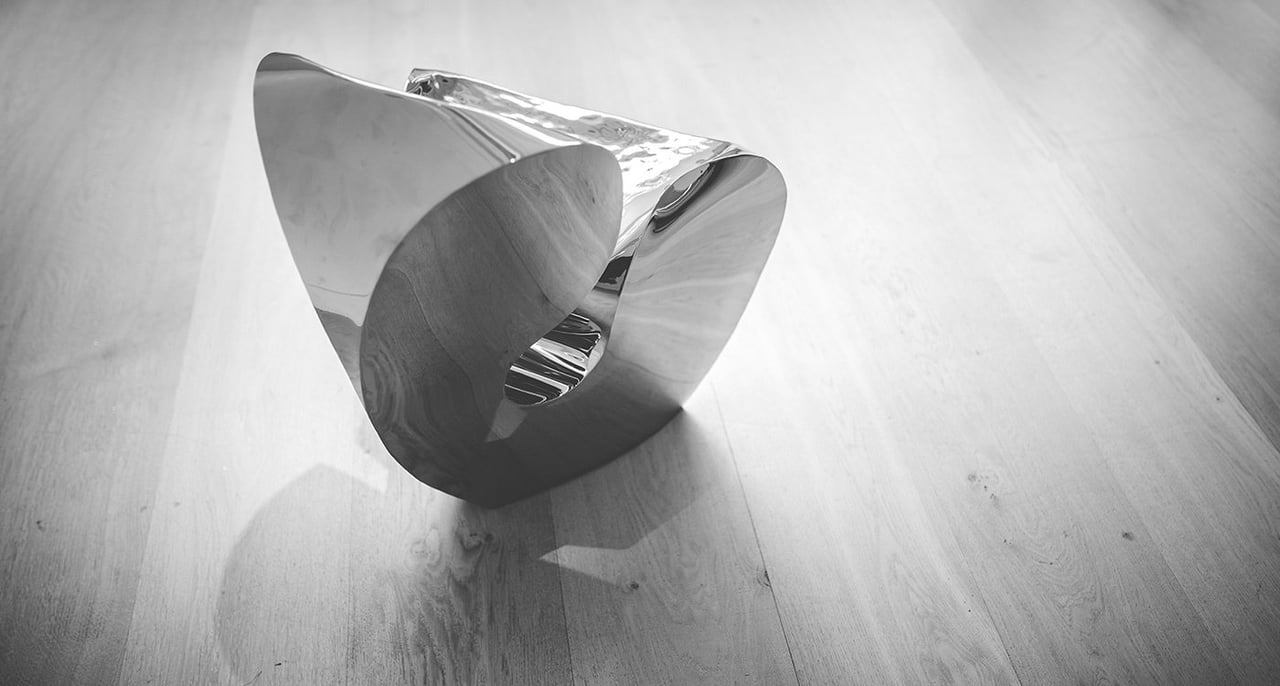
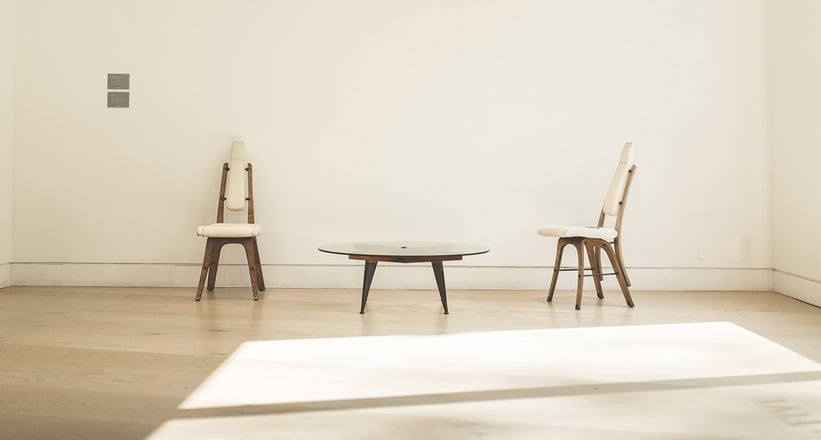

Are furniture companies such as Vitra and Herman Miller, which sell reproductions of iconic design pieces for a fraction of the price, competition for you or rather good promotion for the world of design?
Vitra is a very important custodian of many significant architects and designers, and the education offered by its museum and campus in Weil am Rhine is phenomenal. What’s wonderful about Vitra’s vision is that, in addition to celebrating 20th-century designers, it also champions the next generation, which is very healthy and continues the story. It doesn’t dilute our respective markets, even though one can buy a Jean Prouvé Cité armchair relatively cheaply. It’s no different from purchasing a replica Jaguar. What I’m offering you, however, is Jean Prouvé’s personal Cité armchair from the period.
What’s the most memorable item you’ve sold and the one you’d have most liked to have kept?
There have been many memorable sales — the Isamu Noguchi Goodyear Table was a phenomenal career highlight and a very important moment for the department. That really showed how, as a team, we could celebrate and present the importance of a work. Similarly, Marc Newson’s Lockheed Lounge was also a special moment. But, for me, the ‘Transat’ chair by Eileen Gray for the Maharaja of Indore was the one I coveted the most. It is simply one of the most iconic works of the 20th century.
As with contemporary art, collector cars, and watches, prices for vintage design and furniture have exploded in recent years. What do these markets have in common?
It’s that spirit of the collector — the endeavour to always look for the very best next thing — that’s driven these recent prices. I think we’ve seen the design market become more and more internationalised, with new clients constantly entering from across the world, whether they’re looking at a new area of design — for example, if there’s a renaissance of work from a particular period of history or for pieces that complement their homes — or works they already have.
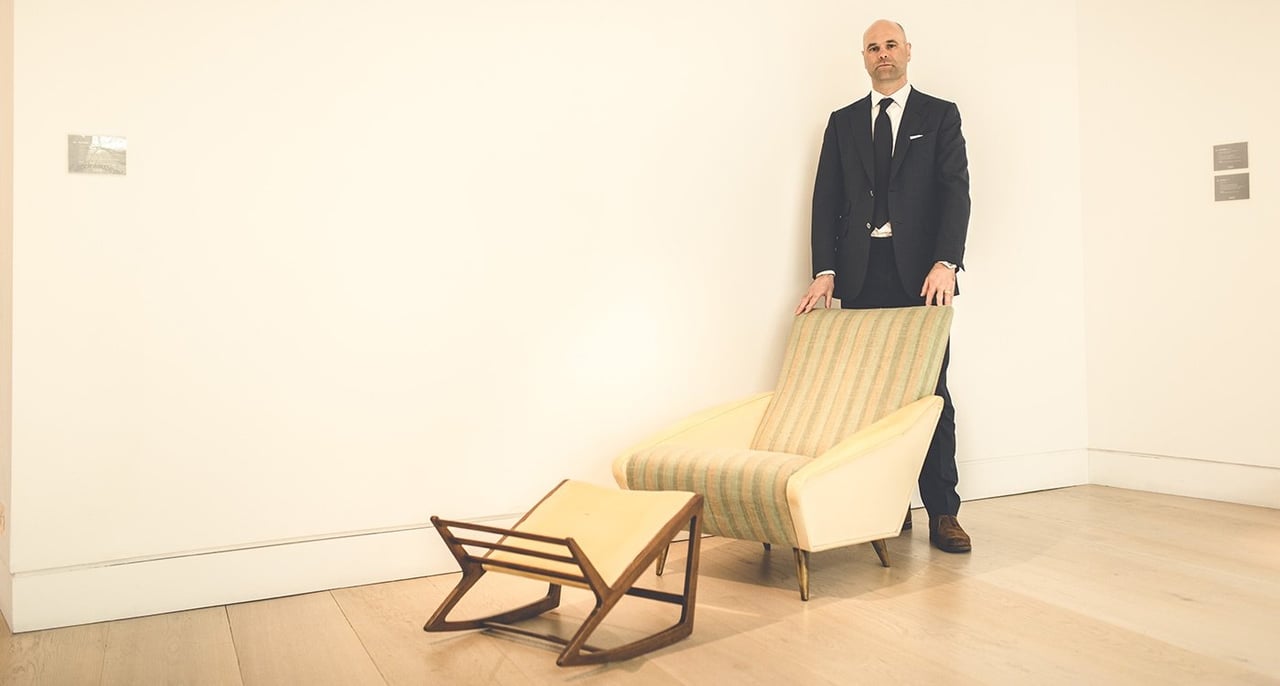
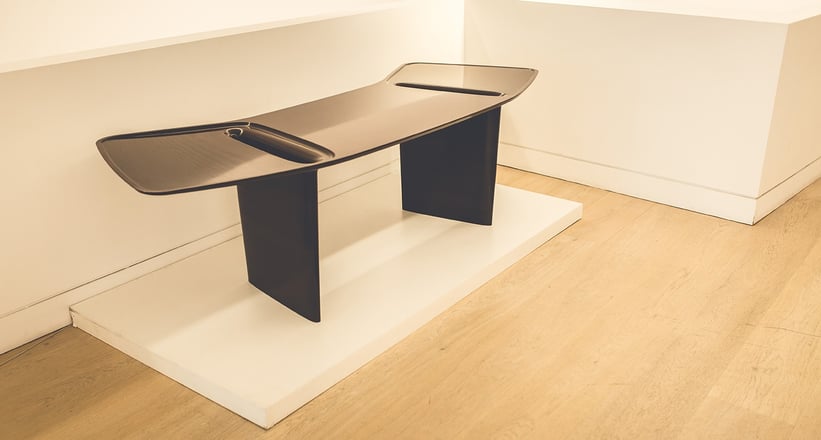
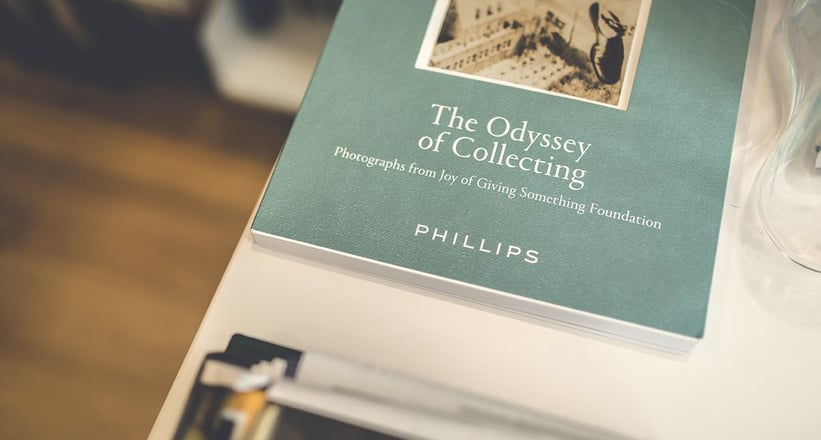
In the car world, we’re certainly seeing a shift towards a younger generation of buyers — can the same be said in the design world?
In part, yes. Of course, we’re continuing to work with the established collectors, as we’ve done for over 20 years now. They’ve been the constant over the years, and they’ve found the foundation theme of their collections, which they continue to collect. But what we’ve also seen is the next generation of collectors coming into the fray, and it’s really those two bodies that have combined to enlarge the entire market. As we’re seeing with other collecting categories, the 35–45-year-old demographic is suddenly very interested.
Where are these new buyers coming from?
They could come from the contemporary art world or from the modern automotive world. For example, a new client might have bought a particular car and, in turn, started to explore what it means to be a collector, the essentials of any collection, and the real design heroes of the 20th and 21st centuries.
Are you interested in classic cars?
I love them more and am trying to understand more about them. I’m using everything Lord March does at Goodwood as my entry point, and I’m starting to become drawn to certain areas. The RAC TT at the Goodwood Revival is certainly one of my highlights of the year.
Where are the essential design places to visit during a day in London?
I would certainly try to tie a visit in with an auction preview, because I think that’s exciting, as you’re able to get so close to an object. Then, obviously, the new design museum is a must, to see both new architectural space and important galleries. I’d also recommend going to the key commercial galleries, to soak up as much as you can.
Photos: Robert Cooper for Classic Driver © 2017
